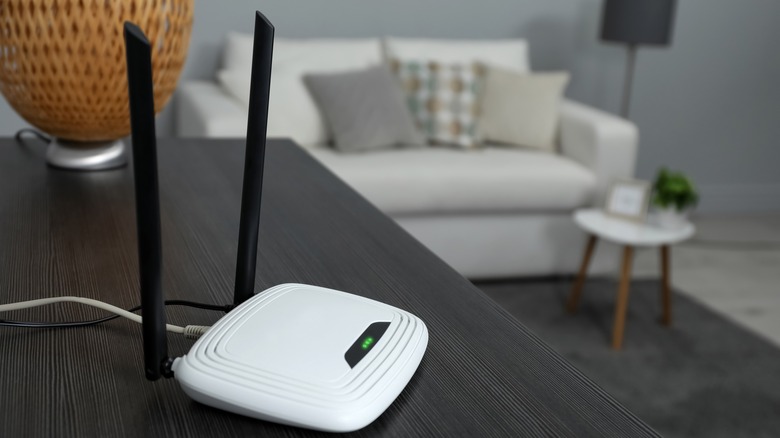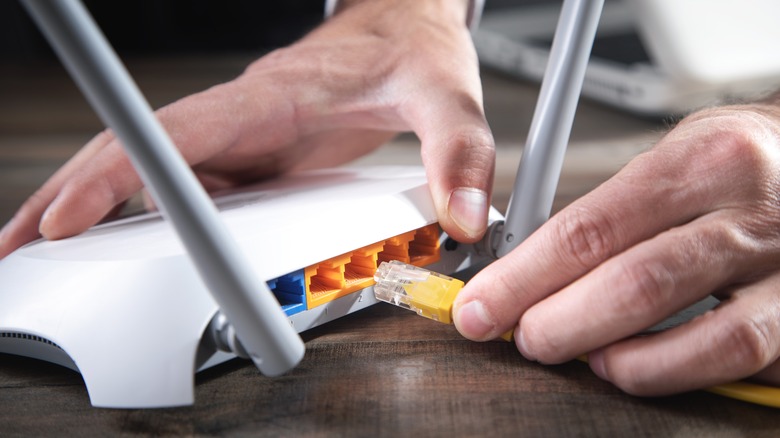How To Set Up A Second Wi-Fi Router And Why You May Need It
Wi-Fi routers are essential to modern life. They allow your devices to connect to the internet, allowing you to access information, communicate, and work virtually anywhere. However, as dependence on internet-connected devices increases, so does the need for better and more reliable Wi-Fi coverage.
Sometimes, you may need more than a single router to provide the coverage necessary to reach every corner of your home or office. In these circumstances, setting up a second Wi-Fi router can help you extend your network coverage and improve the overall performance of your network.
If you have experience with basic networking tasks like configuring router settings, you should be able to get a second router added to your network without the help of a professional. However, you need to ensure you have a few essentials like an ethernet cable, power cord, and compatible second router on hand before you get started. It's essential to determine if you can use your second router as a wireless bridge before making a purchase decision. If you can't use the second router as a wireless bridge, then you might have to use an ethernet cable the entire time, which could quickly become troublesome.
How to know if you need a second Wi-Fi router
Several signs may indicate that you need a second Wi-Fi router. If you experience slow or unreliable internet connection in certain areas of your home or office, a second router can help extend your network coverage. Additionally, a second router can help ensure your network reaches every corner of your space if you have a large home or office with thick walls.
Another sign that you may need a second router is if you have many devices connected to your network. If you have multiple computers, smartphones, tablets, and other devices connected to your network, you may find that your internet connection is slow or unreliable. A second router can help alleviate these problems by distributing the load across multiple devices. If you want to separate your network into different segments for security purposes, you might also want to use a second Wi-Fi router. This can be useful if you create a guest or separate network for IoT devices.
To know if you require a second router for coverage purposes, you can use a network scanner to check the strength of your Wi-Fi signal in different areas of your home. A heat map of your Wi-Fi coverage can help you identify areas where the signal is weak and where you might need a second router.
How to set up a second Wi-Fi router
Setting up a second Wi-Fi router is a relatively simple process, but it requires some technical knowledge. The first step is to purchase a second router that is compatible with your existing router. You can check the specifications of your existing router to ensure compatibility.
Once you have your second router, you will need to configure it. The specific configuration steps will vary depending on the router you are using, but they all follow the same basic process:
- Connect the second router to your existing router via an Ethernet cable. According to network professionals, most routers will require a hardwire connection to each other.
- Access the second router's settings by connecting to its network and entering its IP address in your web browser.
- You will need to configure the additional router as a bridge or a repeater, depending on the capabilities of your router.
- Configure the wireless settings of the second router to match those of your existing router.
- Save the settings and reboot the second router.
After you have set up the second router, you should be able to enjoy improved network coverage and performance. It's important to note that you should place the second router in an area where the signal from the main router is weak and where you need better coverage. Additionally, it can be helpful to use a network scanner to check for any interference from other wireless networks that may be nearby.


